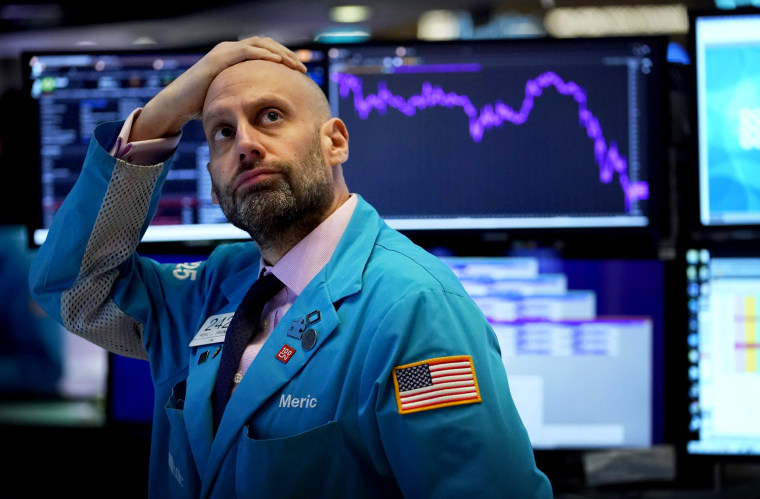The government bond market was thrown into turmoil Monday, along with wild gyrations in stocks, adding to investors’ heartburn.
The yield on the benchmark 10-year U.S. Treasury bond had already fallen below the psychologically significant threshold of 1 percent during last week’s market volatility, and it continued to slide on Monday, dropping below 0.4 percent at one point.
Market observers blamed two related and converging factors: The escalating spread of the coronavirus, especially in Europe and the United States, and a split between key oil producers Russia and Saudi Arabia over the weekend that sent oil prices crashing by roughly 20 percent.
Along with the 10-year, yields on other U.S. Treasury bonds dipped into uncharted territory, as well. Yields on the 30-year fell below 1 percent for the first time in history, briefly dropping to a low of just over 0.7 percent. Bond yields move inversely to price. When traders seeking safe havens pour into bonds, prices rise and yields fall.
“It's hard for people to understand how something going up in value is a really bad thing — that inverse relationship can be confusing,” said David Bahnsen, chief investment officer at The Bahnsen Group.
“It's a sign that investors are very fearful of risk in the stock market,” said Guy LeBas, chief fixed income strategist at Janney Montgomery Scott. “Typically, you only see moves close to this magnitude in interest rates when we’re on the cusp of a significant economic downturn,” he said, although he added that the ultimate impact of the double whammy of coronavirus and the oil price plunge was impossible to forecast.
“It’s still very early in the process. We have no economic data from the post-fear period,” he said.
For investors, the takeaway is to avoid major portfolio shifts. “Times like this show it's as foolish to try to time interest rates as it is the stock market,” said Robert Schmansky, founder of Clear Financial Advisors. Ideally, Schmansky said, a retirement saver’s portfolio should already have a portion devoted to bonds and fixed-income investments.
“A properly diversified investment portfolio would typically contain a variety of different asset classes, including gold, safe-haven currencies and real estate,” said Nigel Green, chief executive and founder of deVere Group. “These are likely to climb in value as other assets temporarily lose value.”
These unprecedented low Treasury yields could have long-term economic ramifications, experts said. “I don’t think savers are going to see for decades the kinds of interest rates they are used to getting from CDs, bonds and money market accounts,” Bahnsen said.
“The net result of this will be to force everyone out on the risk curve.”
“The best course today is to hang on to any safer bonds and CDs since volatility may be with us for some time,” Schmansky said. “It's important to put quality over yields with the money you'll need to count on for several years in retirement in order to not have to dip into stock investments when they are down.”
In the long term, ultra-low bond yields will prompt investors to see out returns in more volatile sectors, Bahnsen predicted. “It has the effect of distorting risk,” he said. “The net result of this will be to force everyone out on the risk curve.”
Above all, it’s important for retirement savers to resist the urge to panic and cash out, Green said. “I would urge investors to remain invested,” he said. “History teaches us that stock markets go up over the long term… No one wants to miss out on returns.”
